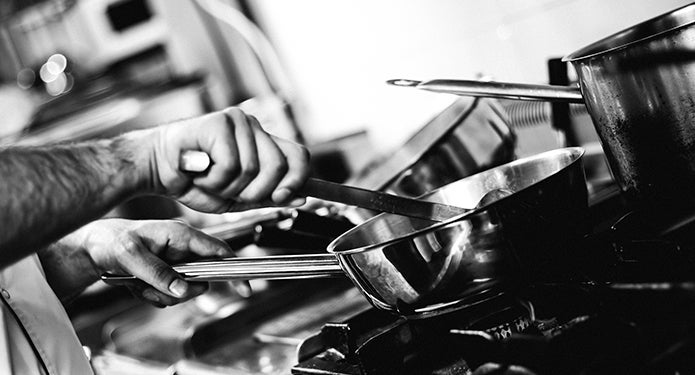Understanding food-safety basics and keeping a checklist will ease food-safety inspection worries.
No matter which province your restaurant is located, health inspections are a fact of life. Here is another simple truth: It’s impossible for your operation to fix problems the day the inspector walks in. Preparing for a health inspection takes attention to detail, staff education and training updates.
You want every bite and sip a customer takes to be safe, and it’s the health inspector’s responsibility to make sure you deliver that assurance. That’s why it’s important to create a culture of food safety that starts at the top with people who will lead by example.
To help with the process, the Gordon Food Service Nutrition Resource Centre has assembled a “Getting Ready for the Inspector!” checklist that covers eight major areas important in every health inspection.
Within each category, there are simple yes/no questions—things such as “Does your supplier properly refrigerate delivery trucks?” or “Are foods being thawed using one of the approved methods?” Answering yes means when an inspection happens, your establishment will be prepared. A no answer identifies opportunities to address.
Making education matter
Whether you use our checklist, your own checklist or one provided by your province or local government, the best path to success is through education. Depending on where you’re located, there are different food-safety course requirements. The Canadian Food Inspection Agency (CFIA) has details for each province at inspection.gc.ca.
In some regions, a restaurant manager may be the only person required to take a food-safety management class. In those cases, it’s smart to assign that person to train others. In addition, training and refresher courses on food handling and sanitation should be ideally conducted monthly and always when a new employee is brought on board.
Being prepared for every possibility—from care of cutting boards and knives to proper holding temperatures for foods—is critical. That’s because you’re never certain when an inspection will happen.
Your inspection: always be ready
In the Edmonton, Alberta area, inspections occur before a restaurant opens. Afterward, there can be up to three inspections a year. In the Montreal, Quebec area, inspections happen once every 36 months unless an inspector cites a high food-safety risk. In that case, inspections can happen every three months.
In all cases, a complete inspection is conducted. Just one flaw can lead to repeat inspections. A restaurant cited for having improperly labeled cleaning supplies may fix that problem, only to be cited for improper food storage on the next visit.
And even though an inspection is brief, a single blemish can cause long-term damage. Inspection records are open to the public, and customers who check before they visit can be turned away by reports of improperly stored foods or unclean washrooms.
Take a critical look inward
A good way to make sure there are no surprises on your next inspection is to conduct a self-audit. Using your checklist, take a look at each area and see what needs to be improved. Knowing where your weak spots are can help initiate training.
Better yet, walk into your restaurant the way a visitor would. No matter who comes through the door, you want to make a good first impression, especially when it comes to food safety. You should be certain employee uniforms are clean, tabletops are tidy and washrooms are properly equipped. Remember, your walkthrough is exactly how the inspector will see it upon arrival.
Make it routine
Here are three areas of focus that can have a big impact on your operation and increase the chances of inspection success:
Be calm: Panic when the inspector arrives shows a lack of confidence. If you’ve trained and conducted self-evaluations, relax and send the message, “This is what we do every day.”
Promote hand-washing: Hand contact is the most common way to spread cross-contamination, whether it’s an allergy or worse. Monitoring hand washing or encouraging glove usage reduces the chances of health violations.
Temperature control: Measuring is the only sure way to know food is properly cooked. In every inspection, food temperature is checked. If it’s just two degrees under the required safe zone, it will result in a violation. Hanging up Gordon Food Service food temperature posters helps everyone who is cooking food know the requirements. Ask your Sales Representative for a copy if you want one.
In the end, no two inspectors are alike, and each will look more closely at some things than others. That’s why everything on the inspection checklist needs to be in order. There is no substitute for paying attention to food-safety basics, and the checklist covers every major principle, so you can meet inspection requirements in any jurisdiction.










